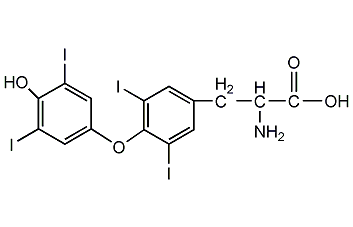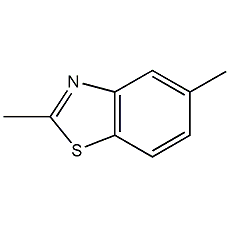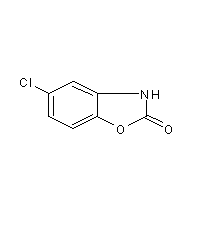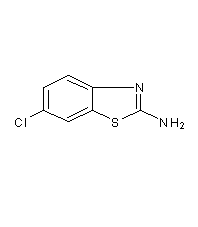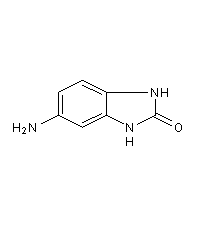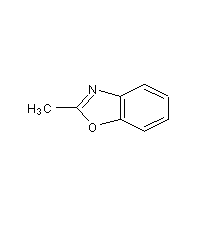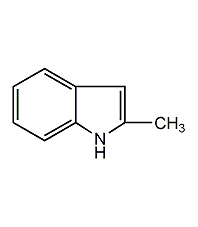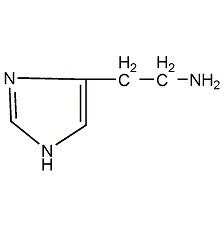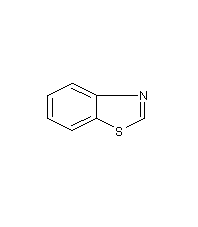D-Thyroxine
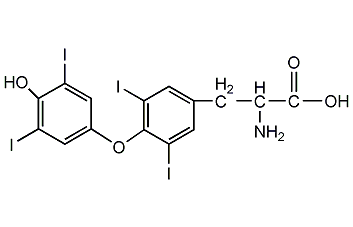
Structural formula
| Physical competition number | 014Y |
|---|---|
| Molecular formula | C15H11I4NO4 |
| Molecular weight | 776.87 |
| label |
O-(4-hydroxy-3,5-diiodophenyl)-3,5-diiodo-D-tyrosine, dextrothyroxine, 3,3′,5,5′-Tetraiodo-D-thyronine, 3-[4-(4-Hydroxy-3,5-diiodophenoxy)-3,5-diiodophenyl]-D-alanine |
Numbering system
CAS number:51-49-0
MDL number:MFCD00063056
EINECS number:200-102-7
RTECS number:None
BRN number:2954910
PubChem ID:None
Physical property data
1. Properties: crystalline.
2. Density (g/mL, 25/4℃): Undetermined
3. Relative vapor density (g/mL, air=1): Undetermined
4. Melting point (ºC): Not determined
5. Boiling point (ºC, normal pressure): Not determined
6. Boiling point (ºC, 5.2kPa): Not determined Determined
7. Refractive index: Undetermined
8. Flash point (ºC): Undetermined
9. Specific rotation (º): [α ]54621 +2.97° (0.74g dissolved in 6g 0.5mol/L sodium hydroxide + 14g ethanol)
10. Autoignition point or ignition Combustion temperature (ºC): Undetermined
11. Vapor pressure (kPa, 25ºC): Undetermined
12. Saturated vapor pressure (kPa, 60ºC): Undetermined
13. Heat of combustion (KJ/mol): Undetermined
14. Critical temperature (ºC): Undetermined
15. Critical pressure (KPa): Undetermined
16. Logarithmic value of oil-water (octanol/water) partition coefficient: Undetermined
17. Explosion upper limit (%, V/V): Undetermined
18. Lower explosion limit (%, V/V): Undetermined
19. Solubility: Undetermined
Toxicological data
None
Ecological data
None
Molecular structure data
1. Molar refractive index: 125.44
2. Molar volume (cm3/mol): 294.7
3. Isotonic specific volume (90.2K ): 880.4
4. Surface tension (dyne/cm): 79.6
5. Polarizability (10-24cm3): 49.73
Compute chemical data
1. Reference value for hydrophobic parameter calculation (XlogP): 2.4
2. Number of hydrogen bond donors: 3
3. Number of hydrogen bond acceptors: 5
4. Number of rotatable chemical bonds: 5
5. Number of tautomers: 2
6. Topological molecule polar surface area 92.8
7. Number of heavy atoms: 24
8. Surface charge: 0
9. Complexity: 420
10.�Number of �� isotope atoms: 0
11. Determined number of atomic stereocenters: 1
12. Uncertain number of atomic stereocenters: 0
13. Determined number of stereocenters of chemical bonds: 0
14. Uncertain number of stereocenters of chemical bonds: 0
15. Number of covalent bond units: 1
Properties and stability
Sensitive to light. Decomposes at 237°C. The physiological activity of D-thyroxine is very low.
Storage method
Should be sealed with argon and stored in a cool, dry place away from light
Synthesis method
Can be extracted from animal thyroid glands. It can be prepared from 3,5-diiodo-L-tyrosine.
Purpose
Biochemical research.
extended-reading:https://www.bdmaee.net/niax-b-11-plus-tertiary-amine-catalyst-momentive/extended-reading:https://www.cyclohexylamine.net/246-trisdimethylaminomethylphenol-cas-90-72-2-dmp-30/extended-reading:https://www.newtopchem.com/archives/44248extended-reading:https://pucatalyst.en.alibaba.com/extended-reading:https://www.newtopchem.com/archives/44919extended-reading:https://www.cyclohexylamine.net/dabco-pt304-polyurethane-rigid-foam-catalyst-pt304/extended-reading:https://www.bdmaee.net/fascat2001-catalyst-cas301-10-0-stannous-octoate/extended-reading:https://www.newtopchem.com/archives/40462extended-reading:https://www.cyclohexylamine.net/dabco-ne500-non-emission-amine-catalyst-ne500/extended-reading:https://www.newtopchem.com/archives/933
